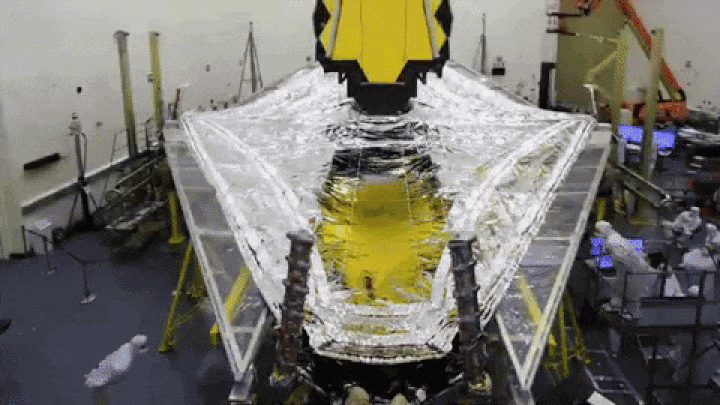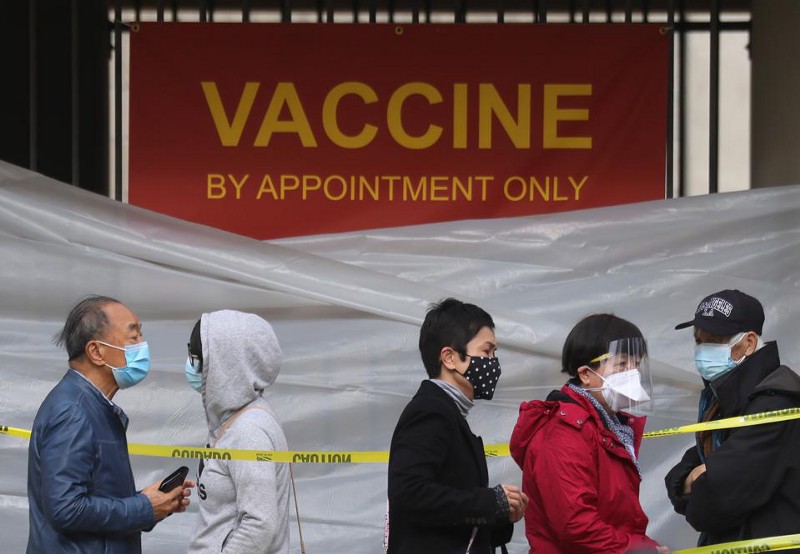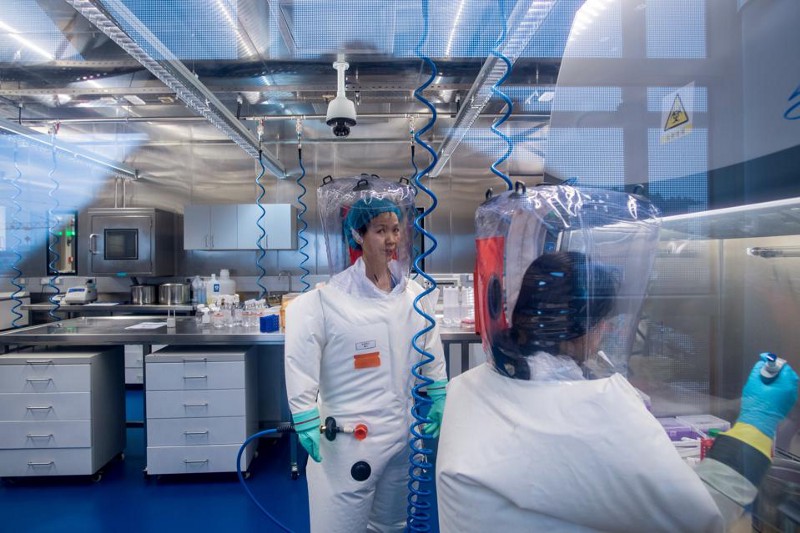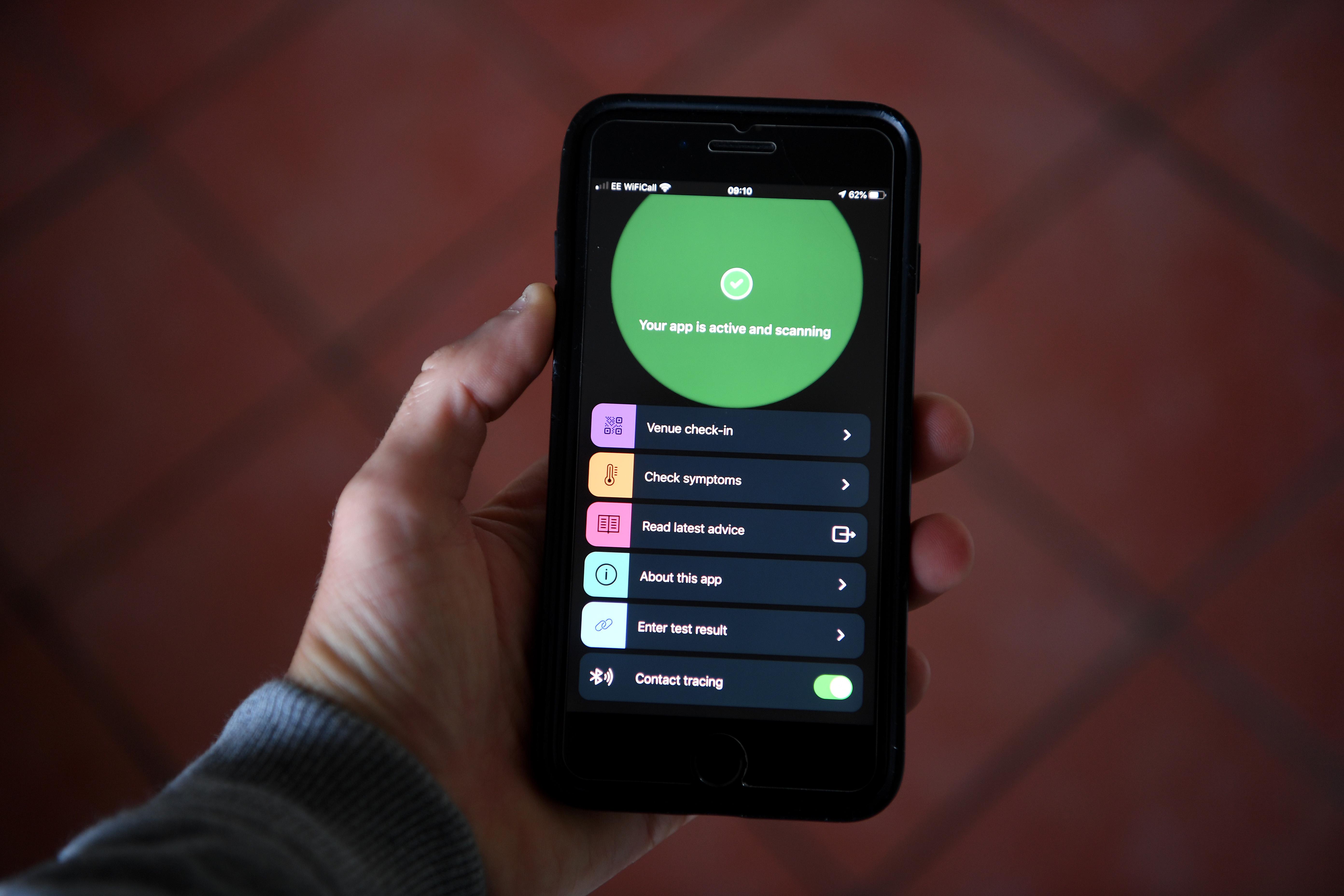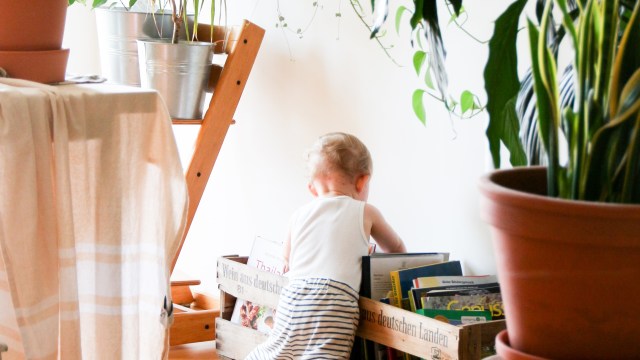New 3D computer model shows how far a cough can spread indoors

Photo: Aalto University / YouTube
- Finnish researchers have shown how a single cough can blast small aerosolized saliva particles around a grocery store.
- There is an ongoing scientific debate about how the novel coronavirus moves through the air.
- The bigger risk when it comes to COVID-19 is the transmission of larger droplets through close contact with others (three feet or less).
Using a computer simulation, researchers in Finland have shown how a single cough can blast small saliva and mucus particles around a grocery store well beyond a six-foot social distancing radius.
In the 3D simulation, a cloud of green particles originating from a person coughing in one aisle are shown spreading into the next aisle over. The cough releases a turbulent mist of droplets — aerosolized particles — which stay suspended in the air and move over into the parallel row.
Knowledge gaps
These findings highlight an ongoing scientific debate about how the novel coronavirus moves through the air. The simulation’s images are certainly concerning, but the risk of actually getting enough of a virus aerosol to contract a respiratory illness like COVID-19 is unknown according to Kumi Smith, an assistant professor of epidemiology and community health at the University of Minnesota. She told Business Insider that while the video “gives the impression that any shared airspace will lead to transmission,” evidence has yet to support that.
When it comes to COVID-19, the bigger risk comes from close contact with another person within three feet or less through which larger droplets (larger than five to 10 microns) could be transmitted by talking, coughing, or sneezing. The larger the droplet the more likely it is to fall onto nearby objects or to the ground after expulsion. So if a person touches these droplets and then rubs his or her face, they could contract the virus. (Hence, the importance of frequent hand washing.) William Schaffner, a professor of preventive medicine and infectious diseases at Vanderbilt University Medical Centre, told Business Insider that droplet transmission within three to six feet accounts for a majority of virus transmissions.
But while close interactions between people are much more likely to spread an infectious dose of virus-laden particles, other research indicates the large versus small droplets difference may be irrelevant when it comes to distance between individuals. For example, Lydia Bourouiba, a fluid dynamics scientist at MIT, recently showed that a sneeze can spray droplets of various sizes a whopping 23 to 27 feet from a nose. And while a sneeze is not a typical symptom of coronavirus, an asymptomatic person who randomly sneezes could expel and spread the pathogen.

Photo: Kate Trifo on Unsplash
The importance of distancing
The Finnish simulation and Bourouiba’s research emphasize how important social distancing measures, as well as additional precautions like wearing masks, are to public. Earlier this month, the Centers for Disease Control and Prevention (CDC) officially advised that Americans wear masks or other mouth and nose coverings when going out in public to prevent the spread of the virus. If everyone abided by these recommendations, the coronavirus crisis would likely be sufficiently addressed. Facial coverings are most effective at stopping the potential spread of the virus to others, so long as they are properly used, rather than as a way to guard yourself. According to the World Health Organization, there is currently no evidence that wearing a mask protects healthy people from becoming infected with respiratory infections. But since anyone could be asymptomatic and carrying COVID-19, we should all be covering our face by some means while in public areas.
However, wearing a mask doesn’t mean you should let your guard down. It should supplement social distancing and other protective protocols, not replace them. So continue to maintain that minimum six–foot distance, keep washing your hands, and please cover your mouth when you cough or sneeze.
